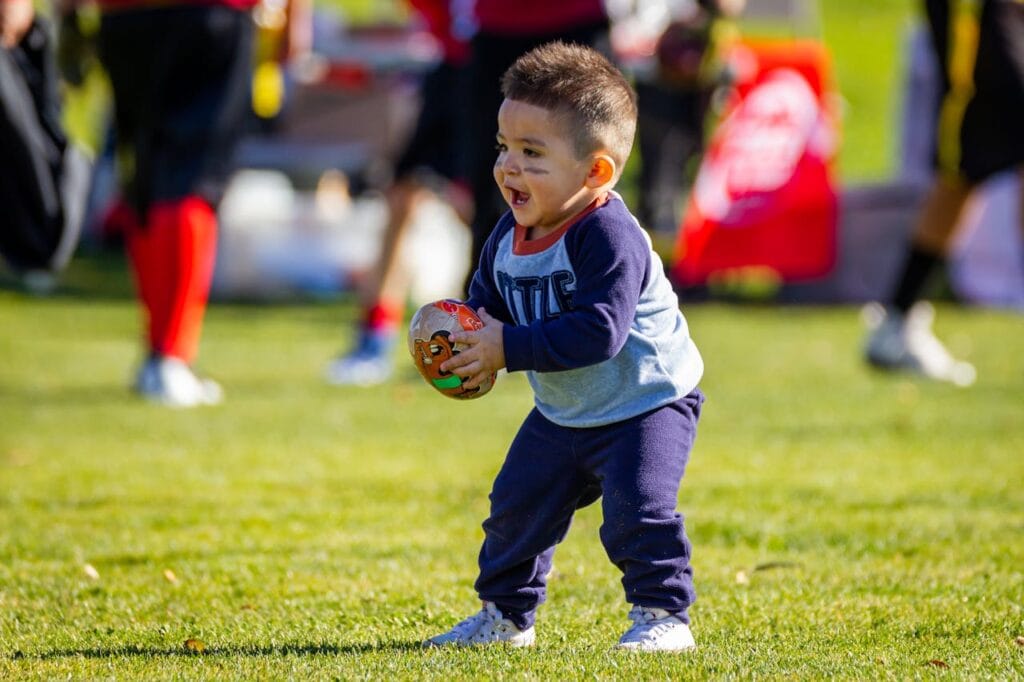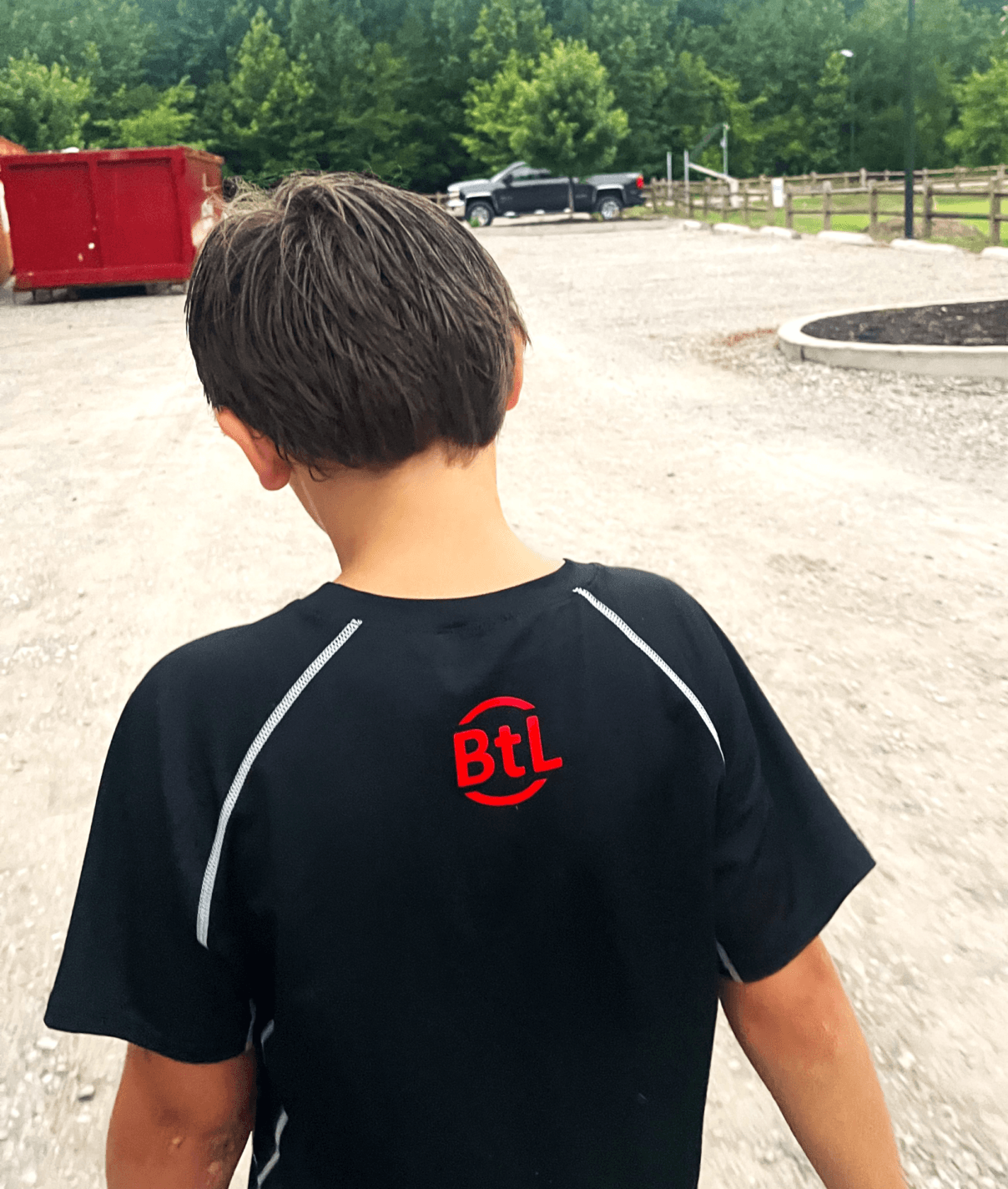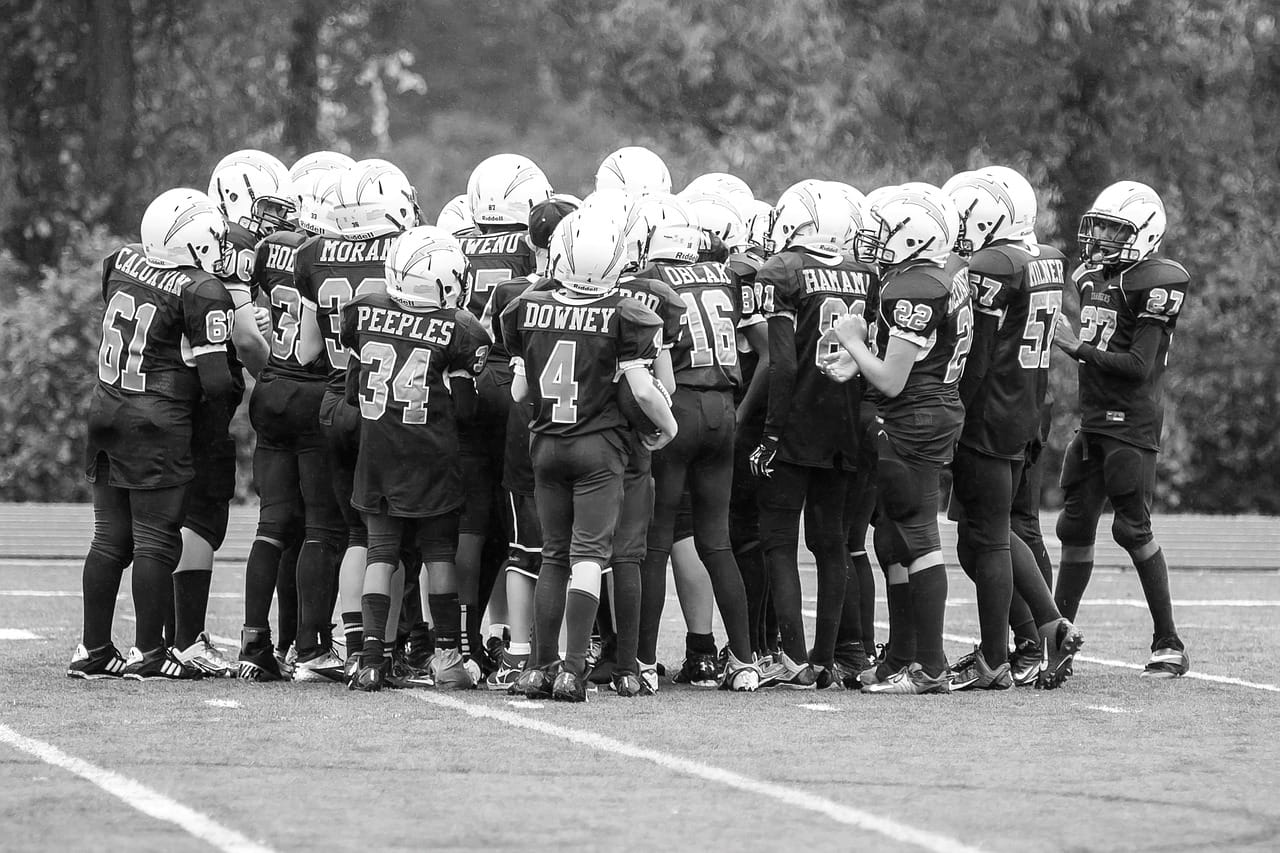Youth sports have long been a place where kids learn the value of teamwork, perseverance, discipline, and confidence. But somewhere along the way, the scoreboard started to matter more than the experience. Travel teams are forming at younger ages. Tryouts are cutting kids as early as age 7 or 8. And it’s raising a serious question: Are youth sports too competitive too soon?

The Story of the Late Bloomer
Think about a 9-year-old named Jordan who just started playing basketball. He’s not the fastest, struggles with coordination, and his shot still needs work. He tries out for a local travel team, doesn’t make it, and there’s no rec league option available. His love for the game fades before he ever had a real chance to grow.
Fast forward a few years—Jordan hits a growth spurt, builds strength, and gains confidence. But it’s too late. He has already been left behind. Stories like this are more common than we’d like to admit.
The Cost Of Youth Sports Being Too Competitive
One of the biggest concerns about early competitiveness is how quickly kids are excluded. A child who doesn’t make the “A” team by 3rd grade may find themselves without a team at all by middle school. And for what? Because they hadn’t hit a growth spurt yet? Because they weren’t as coordinated at 9 years old?
Kids develop at different rates—physically, emotionally, and mentally. The kid who gets cut today might be the standout player in high school or even college. But if we remove them from the environment too early, we may never get to see that potential unfold.
Development > Winning
The true goal of youth sports should be development—of skills, character, and confidence. But when programs focus too heavily on winning, we risk creating a system that only values the early bloomers. The result? Many kids stop playing not because they don’t love the game, but because the game stopped loving them back.
Early specialization, high-pressure games, and cutthroat competition send the message: “If you’re not the best now, you’re out.” That’s not just unfair—it’s short-sighted.
In fact, research shows that up to 70% of kids quit sports by age 13, often because it’s no longer fun or they feel they’re not good enough. When the joy is replaced by pressure, most kids simply walk away.
The Value of Learning to Compete
Let’s be clear: Competition itself isn’t the enemy. In fact, healthy competition—when taught the right way—can be one of the greatest benefits of youth sports. It teaches kids how to set goals, push past limits, handle adversity, and develop a strong work ethic.
But competition must be taught with the right perspective. Coaches and parents play a critical role in helping kids understand that:
- Competing means giving your best, not just winning.
- Losing is an opportunity to learn and grow.
- Every athlete’s journey is different—progress matters more than comparison.
When framed the right way, competition can inspire kids instead of discouraging them. It can help them discover what they’re capable of and fuel a lifelong love for learning and self-improvement.
Missing the Bigger Impact of Sports
Sports can be one of the most powerful tools in a young person’s life. They teach how to handle adversity, how to communicate, how to work hard toward something bigger than yourself. But if we’re only investing in the top performers, we limit the impact sports can have on the rest of the kids—the majority.
When kids are pushed out of the system too soon, we’re not just missing potential athletes—we’re missing out on stronger students, better leaders, and more resilient young people.
A Better Way Forward
So how do we shift the focus?
- Encourage inclusive participation. Let kids stay in the game longer, even if they’re not stars early on.
- Prioritize development over winning, especially in elementary and middle school years.
- Educate coaches and parents about the long-term benefits of sports beyond scholarships and trophies.
- Offer multi-tiered programs that allow kids to grow at their own pace, not just compete.
Final Thoughts
Yes, competition has its place in youth sports—it teaches grit, goal-setting, and how to strive for excellence. But competition that excludes, discourages, and divides kids too early does more harm than good.
Let’s keep the doors open. Let’s make room for late bloomers. Let’s remember that youth sports should be about developing better players—and even better people.
BtL
Subscribe to our email list to get our content direct to your inbox!
Follow us on Facebook, Twitter, Instagram and TikTok
To learn more about Ball to Life and our mission, click here.

